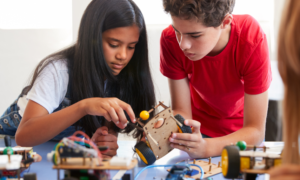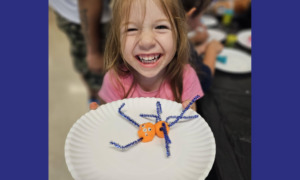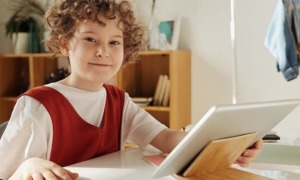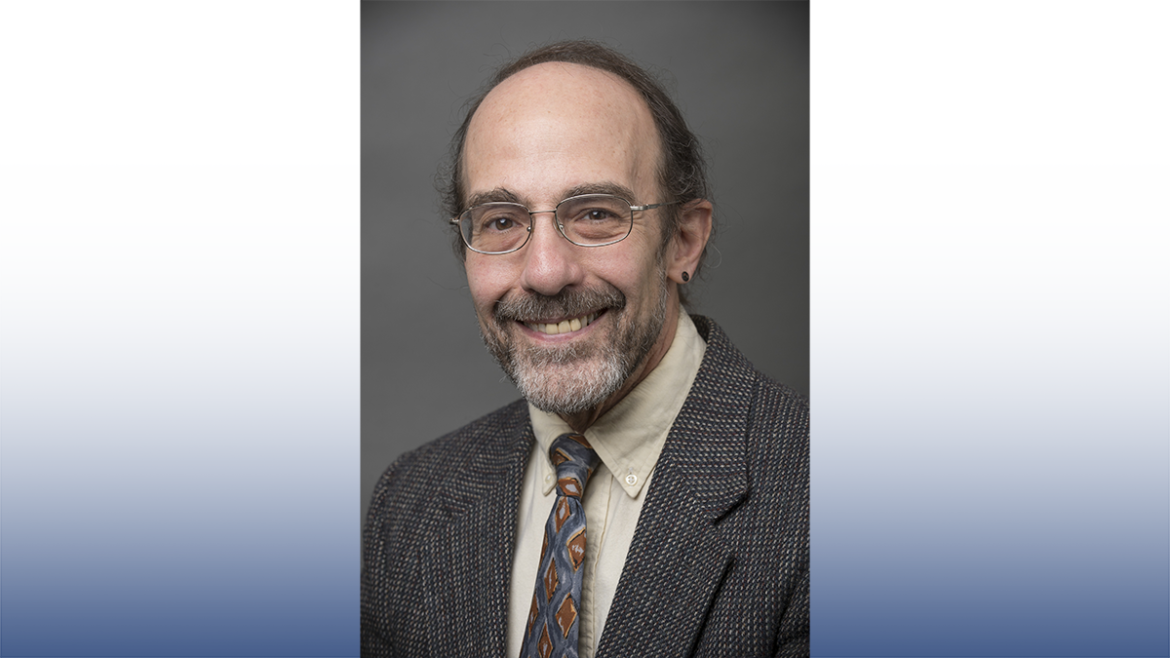
Rick Alleva is a field specialist at the University of New Hampshire and co-author of a curriculum called “Courage to Care,” which promotes empathy for middle schoolers. He has been researching and promoting positive youth development and the use of mindful learning as well as social and emotional learning (SEML) for many years.
After graduating from Tufts University with a degree in psychology, he traveled cross-country, coming across many teenage runaways. That later heightened his interest in helping at-risk children in particular.
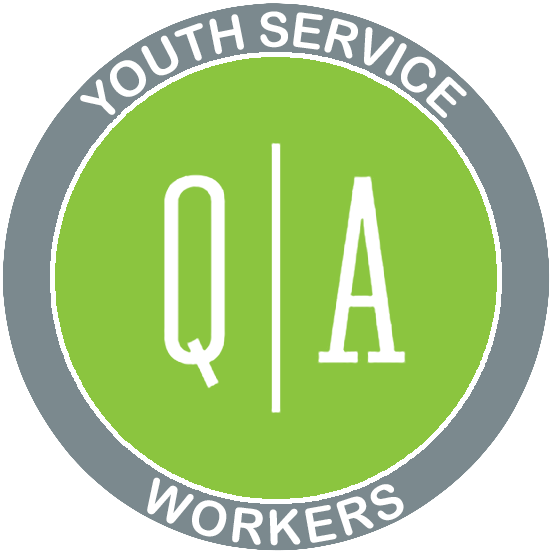 His first job with youth was in 1976 when angel dust, or PCP, was in its heyday. “We worked with a lot of kids who were challenged by their experience and the criminality connected to the whole epidemic back then,” Alleva said. “That’s how I cut my teeth” in the field. Youth Today’s Melody McLaurin asked him a series of questions about his work. His answers have been lightly edited.
His first job with youth was in 1976 when angel dust, or PCP, was in its heyday. “We worked with a lot of kids who were challenged by their experience and the criminality connected to the whole epidemic back then,” Alleva said. “That’s how I cut my teeth” in the field. Youth Today’s Melody McLaurin asked him a series of questions about his work. His answers have been lightly edited.
Q: After working in this field for so long, you’ve seen trends come and go. What’s one trend you’d want to see return?
A: The notion of youth empowerment. There’s an organization called Youth On Board that’s Boston based and does some work on the idea of youth being resources rather than just issues to address. I think that youth empowerment and adult partnership are strong themes that have survived to this day, but the movement hasn’t grown as you’d hope. I still believe that we aren’t across the board ready to engage kids truly as resources. When you look at the Youth Risk Behavior Survey, one of the most disturbing findings I see is the percentage of kids that feel like they’re not seen as resources in their community. Even in targeted youth programs, kids often feel like they’re the problems that adults are trying to address.
There are many exceptions, but this is not a new theme. I don’t think that we’ve gotten with the program to involve young people in the way they are capable of being involved and empowered to working with us in solving problems. These aren’t just youth problems; they are really social problems, social justice problems, equality problems and access to resource problems across the board. I don’t think that we’ve grown in terms of impact and involving young people as partners.
Q: During my research I noticed that you were a strong advocate of SEML rather than SEL. Is this something you think could help with this trend?
A: Absolutely. I’m surely not the only one trying to coin the term: Social, Emotional and Mindful Learning. I see that as an important part in positive youth development, and it’s been one of the best trends that I’ve seen in the last few years. I’ve also done a lot of work in science education or STEM, responsible use of technology and things like that. I think that STEM has dominated so much of the grant funding, National Science Foundation, and after-schools because we’re concerned that’s where the jobs are heading.
I’ve really seen some growth in the last few years in both school and after-school programming: just the importance of Social Emotional and Mindful Learning as a foundation for all other learning. I’ve been doing a lot of work in the past seven or eight years on really focusing on mindfulness education or what I may call learning from the inside out. There’s Goldie Hawn of The Hawn Foundation. This is a good organization because you don’t have to spend hundreds of dollars to get trained and they have their own curriculum that you can buy called MindUP.
Mindfulness isn’t an additional skill amongst the others. There’s a number of different skills that people coin as social emotional learning competencies if you will; the mindfulness piece is just a different orientation on it. I link it to a lot of empathy promotion and bullying prevention in terms of helping kids get to get connected.
For example, if you ask kids, “What should you do when you witness or experience bullying?” Most young people know the answer to this question, but in the throes of emotions they don’t always do it. Emotionally when they’re really charged or impacted, they’re not able to act in a more grounded, centered or focused prefrontal cortex. This is where practice from the inside out comes in handy.
I’m just going to quote a seventh-grade boy. I often use a term that I’ve coined from Mindful Schools called heartfulness. I asked him, “What is does mindfulness have to do with heartfulness or being heartful?”
His comment was, “Well, if you’re more mindful, you might be more aware of what other people are feeling.”
Time to check in
It’s a beginning for other kids to be in tune with how they are and how other people are feeling. It’s like the Pixar movie “Inside Out.” There’s something uniquely human about that ability to connect and to care and I think the mindful piece can make a big difference in that. I think that it can also make a difference with kids who are really struggling, and kids who are dealing with all sorts of traumatic experiences.
Having a little mindful moment in our schools and programs to just breathe is a good thing. Being more mindful in our teaching, in engaging kids and their families, being more in the moment with them and tuning in to what they really need. And how we can really work together as people on joint efforts.
Q: Is there one tactic or strategy in particular that you use to promote mindfulness?
A: Just the notion of being present and giving kids a chance to check in emotionally. Whether that’s giving them time to share their personal weather report, how they’re doing, and maybe something mindful that they’ve experienced. Then doing some practice together, whether that’s listening, mindful eating or sharing a friendly wish they may have for themselves or other people.
For me, the strategy is to enter into it with young people. Young people in some ways are a little bit more there. I think they’re a little bit more likely to be present and experience their emotions. That doesn’t mean they’re able to sort through it, make sense of it.
Resources
Q: What are some of your favorite resources?
A: There’s a lot of great resources out there. There’s a site called Mindful Teachers and there’s also two networks, a Google Group and a Yahoo group. One is called the Mindfulness in Education Network and the other is called the Association for Mindfulness in Education, where just all sorts of people can share online resources internationally. The University of Minnesota also produces wonderful resources and a toolkit for social and emotional learning that I think is fabulous. They have a great annotated bibliography of resources there as well.
There is also The Greater Good Science Center, and they always come out with these short articles and great resources. Then there is Edutopia, that’s an online resource that has a strong focus on social emotional learning that is just fabulous as well. There’s a clinical psychologist, Sam Himelstein, who does a lot of work in this field integrating trauma in social work with mindfulness and substance abuse prevention. His work with high-risk adolescence is a great resource. Lastly, there’s a movie that was just showcased called, “May I Be Happy.” [This is an overview of mindfulness education in many different settings.]
Q: What were some of your biggest challenges when working with the youth?
A: I think the greatest challenge for me is when you clearly see that there’s a need for more resources for this child and their family and their lack of available resources. Just access to resources that just come down to access of funds for those resources.
Q: What advice would you give someone just entering the field?
A: Embrace young people and the people that care about them. One of the most powerful things that can happen, if you think about positive youth development, is that a young person has or relates to at least one caring adult. Be that caring adult for a young person and also have experiences with them. I didn’t go straight into grad school. I worked for at least four years just having some real hands-on working experience. Get connected with kids because it makes it real. It takes a lot of trust that young people can let you into their world.
This story has been updated.


